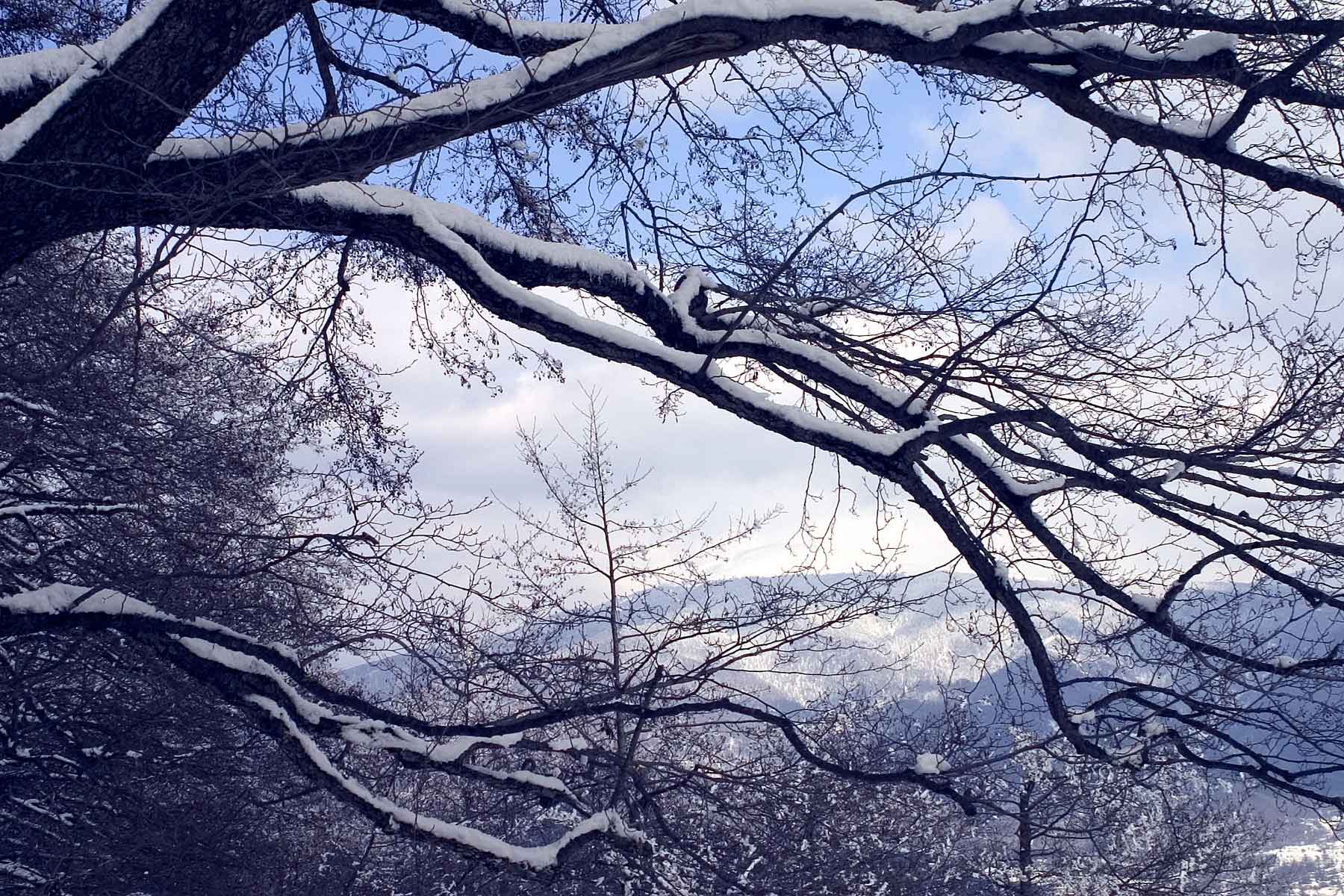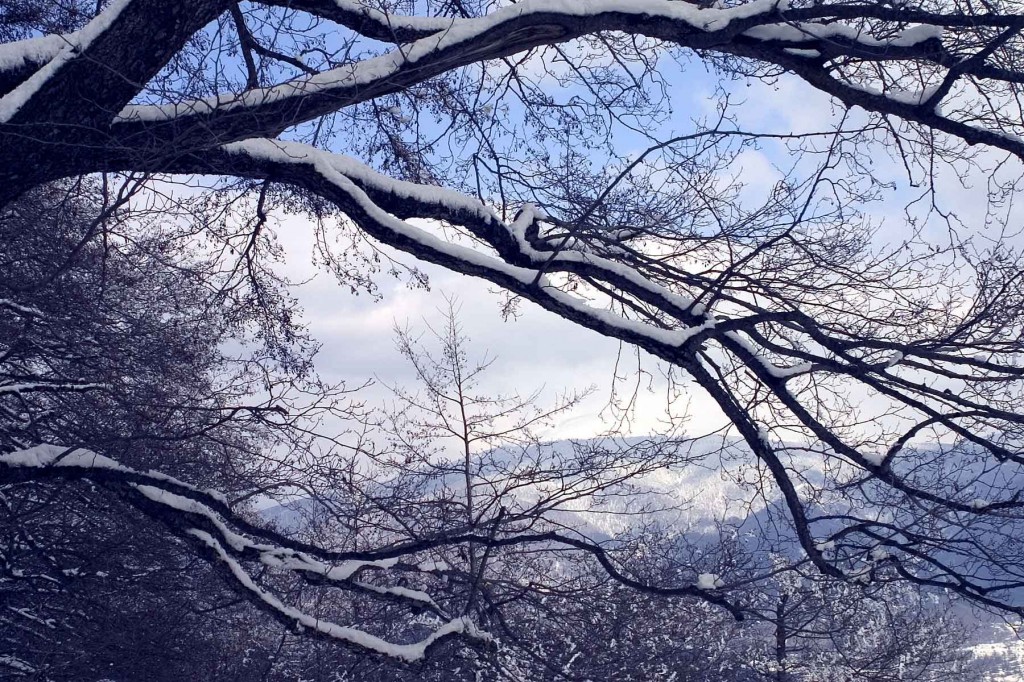Shooting outdoors in cold weather can be very tricky for your camera, some functions can be blocked and your batteries may last very short. To prevent damaging your equipment and be able to take the pictures you want in very cold weather, I aligned below the most useful advices that can help you a lot.
Advices For Digital Cameras
Digital cameras are predisposed to more problems when used in cold weather than the film cameras, however, here are some workarounds and precautions that can help you to use your camera in subzero conditions.
Battery
Every digital camera is relying on its battery to operate properly, very low temperatures will drain the battery power very quickly, and you will start wondering why you took only six pictures with your fully charged battery.
A solution for this problem is to use a special battery pack to keep the camera battery inside, and place it in your pocket or under your coat as closest as possible to the skin, where the battery can stay warm. A thick wire will make the connection between the battery pack and camera.
Another solution is to have a second fully charged battery in your pocket and when the main one shows empty, rotate them, keeping the cold one in your warm pocket will make the battery available again for shooting.
Li-ion batteries are known to be more freezing resistant than other battery types and can provide more power in these circumstances. However, there are also special batteries that you can buy for this purpose.
Using the camera
Avoid touching metal parts of your camera or tripod with your bare hands, the metal will freeze your hand. You can use thermal proof gloves to protect you.
If you have really big gloves, and you can’t press the shutter button of the camera, you can use a release cable for firing the shutter. Be sure to select a low temperature resistant one.
Be careful not to breathe into your viewfinder or camera lens during focusing and composing, this will freeze the glass and will make impossible taking images, at least for a while.
If it’s snowing or raining and your camera isn’t waterproof, you can use a cloth camera cover, or you can wear a big hat, like the Mexicans.
If you want to check if your camera can shoot at temperatures below zero, you can make a simple test: place your camera in a zip lock bag and put the bag in the fridge at the desired temperature, if the camera works fine after this freezing test, then you may rely on it at similar temperatures. (Please note that this test may also damage your equipment)
Lens lubrication
Most lens lubrications will freeze at very low temperatures. To avoid having your lens focus or zoom blocked and unusable, you can send the lens to a professional lab for re-lubing it with winterized oils / lubricants. These solutions can handle -40 Celsius temperatures.
Prevent condensation
Condensation can occur when you bring the equipment from cold to warm, like returning home. This is due to the temperature differences between camera and air. Condensation may form ice or transpiration on the camera exterior but also in the interior, thus, any electrical system may be damaged.
To prevent condensation, be sure to pack your equipment in sealed plastic bags (zip lock) before entering home. You can safely unpack the equipment after 3-4 hours when the equipment temperature gets similar with the interior.
Have a back-up camera
Electronics are very sensible at very low temperatures, and you shall not rely on a single camera. When going to important (like one in a lifetime) destinations where temperatures are very low, be sure to carry with you a secondary back-up camera, just in case.
Advices For Film Cameras
Film cameras are the preferred photography tools for many cold weather shooters, and that’s because their bad experience in using electronic cameras in cold weather conditions, when everything can fail.
Full mechanically film cameras are most immune to low temperatures because their lack of electronic systems. The only three things that you must be aware of, are camera and lens lubrication, film manipulation and correct exposure.
You can also read the advices for using the camera, and prevent condensation noted above for digital cameras, lens lubrication advice is also there.
Film manipulation
At very low temperatures the photographic film will become brittle, thus, making the film very sensible and therefore easy to break when advancing it to the next position.
The only way to prevent this is to wind manually and very slow, you must be very carefully also when re-winding the film. Another good thing is to use short roll films because they are easier to manipulate than the long ones.
Some photographic films are more immune to low temperatures than others, be sure to read film specifications, if you don’t know any film for use in cold weather, let me recommend you the Kodachrome series from Kodak, you’ll not be disappointed.
Be aware when using cameras with automated film advance, at temperatures under -25 Celsius is very likely that will break the film. Try to set the camera to advance slowly, or if you have a manual lever, advance slowly by yourself.
Changing film may also raise difficulties because the film brittleness, be very careful and work slowly.
Exposing correctly in cold weather
There are two possibilities: your camera has a built-in meter or doesn’t, in both cases I recommend to have a separate light meter with you. The more experienced can eye-appreciate the correct exposure and set his camera accordingly. But for most of us, is safer to rely on an exact meter reading to expose our pictures correctly.
The majority of light meters use batteries to function. Because batteries are very stressed by cold weather you must ensure good charged batteries for the meter to function properly. Since meter batteries are generally very little, you can carry some more in your pocket. Selenium cell meters work better in cold weather.
Camera meters are designed to read everything as 18 % gray. All that white snow in winters will cause the meter to underexpose a bit, so you may manually overexpose with one or two more stops to ensure a good exposure.

